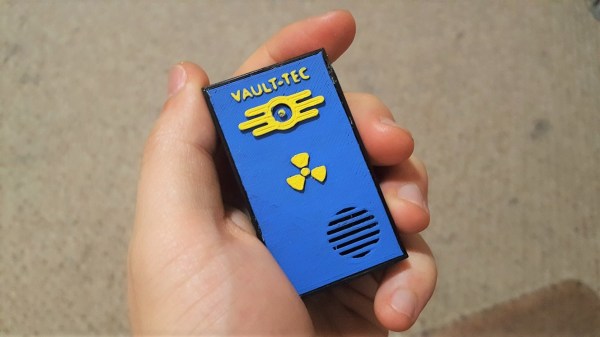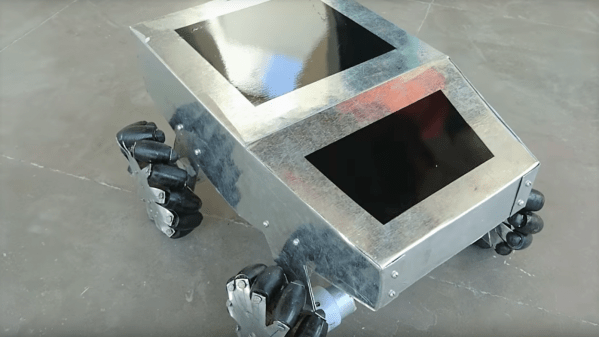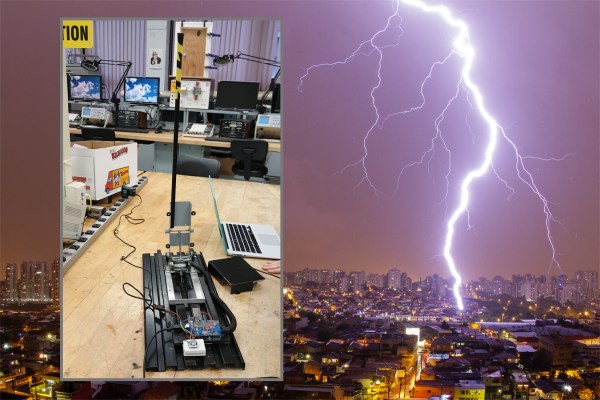If you were not aware, LEDs can also work in reverse: they deliver tiny amounts of current, in the microamp range, when illuminated. If you look on YouTube you can find several videos of solar panels built with arrays of LEDs, but powering an electric motor with a single 3 mm LED is something that we’ve never seen before. [Slider2732] built a small electric motor that happily runs from a green LED in sunlight.
The motor uses four coils of 1,000 ohms each. Using coils with many turns of very fine wire helps to draw less current while keeping an appropriate magnetic field for the motor to run. To keep friction at a minimum, the rotor uses a needle that hangs from a magnet. Four neodymium magnets around the rotor are periodically pushed by the coils, generating rotation. A simple two-transistor circuit takes care of the synchronization and yes, the motor does run on the four microamps provided by the LED, and runs pretty well.
Building motors is definitely an enjoyable activity, these small pulse motors can be built in just a couple of hours. You can use coils with just a few tens of turns which are much more easy to make but of course you will need something more than four microamps! The nice part of making an ultralow current motor like this is that it can run for a very long time on a tiny battery or even a capacitor, we invite you to try building one.
Continue reading “Tiny Electric Motor Runs On Power From An LED”

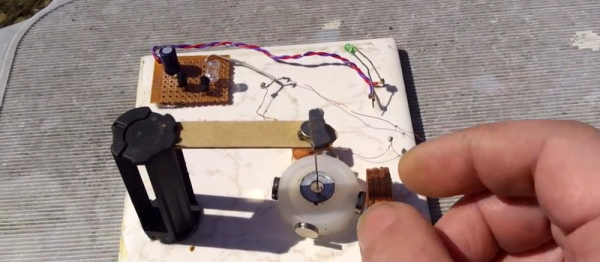
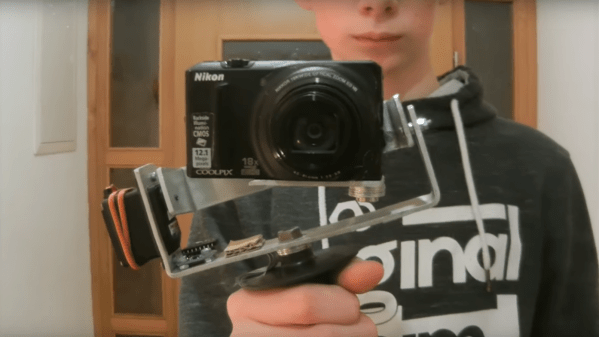
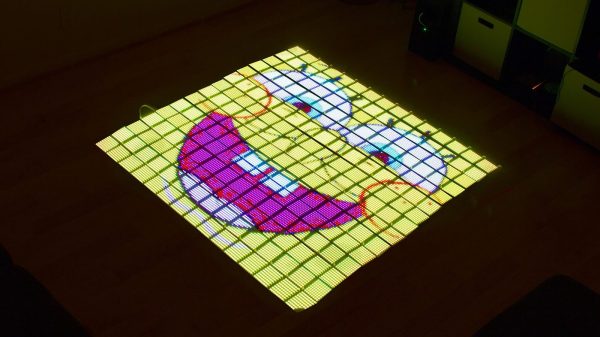
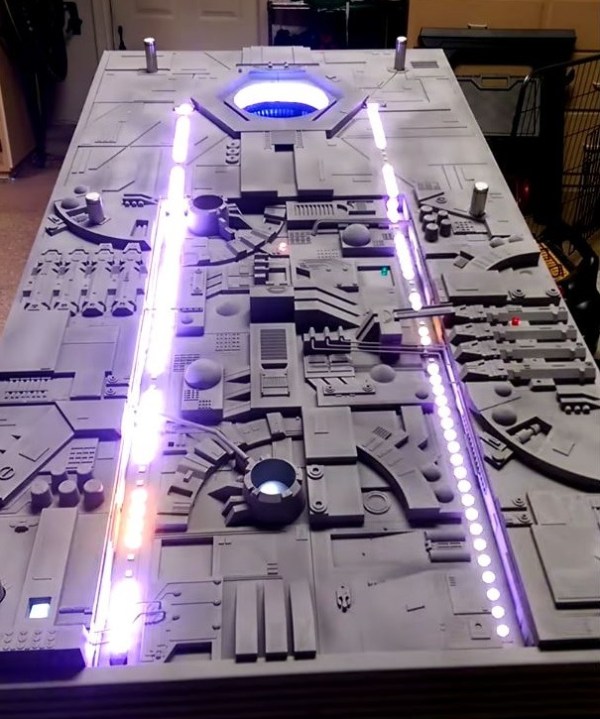
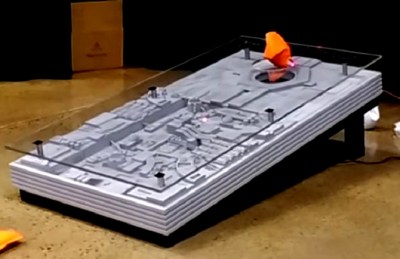 Designed and built by [
Designed and built by [